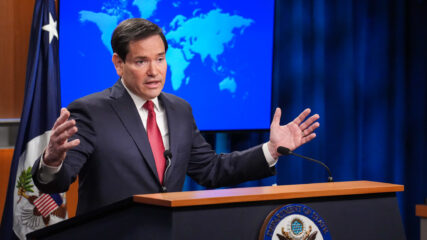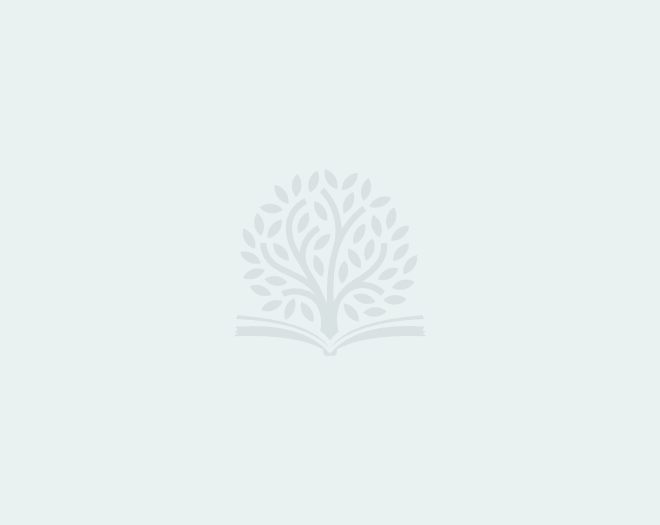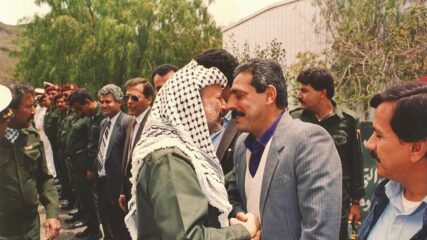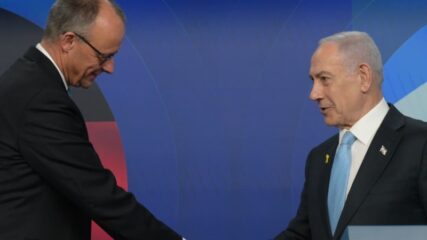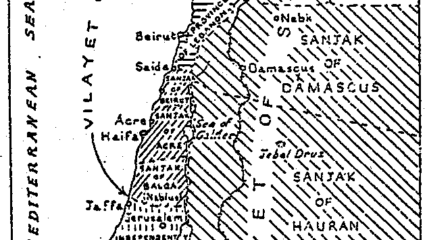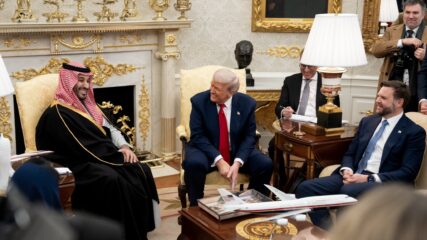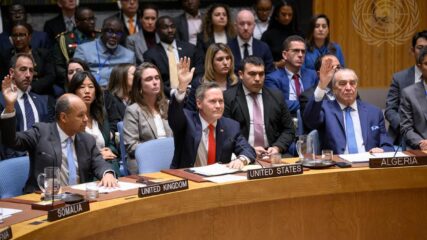May 11, 1965
A ribbon-cutting ceremony officially opens the Israel Museum in Jerusalem.
The concept of a national museum originated in the early years of Zionist settlement in the Yishuv. Boris Schatz, the founder of the Bezalel School of Arts and Crafts, opened the Bezalel Museum in 1912. The museum included archaeological finds, traditional Jewish ritual objects and a collection of fine arts created by predominantly Jewish artists from around the world. With financial assistance from the World Zionist Organization and the Jewish National Fund, the Bezalel Museum was inaugurated as the Jewish National Museum in June 1925. At the time, it held nearly 6,000 works of art.
As early as 1932, the museum was perceived to be inadequate. Marc Chagall stated that the museum was “too Jewish” and was not representative of Israel’s diverse history and culture. By 1957, a special committee was appointed by Minister of Education and Culture Zalman Aran to develop plans for a national museum that would incorporate the existing museum.
In 1961, American Ambassador Ogden Reid presented a check to help fund the museum’s construction. The check, for approximately $430,000, was from the Information Media Guaranty Program, a special loan and investment fund for projects in education, science, culture and the humanities. Additional funds were provided by benefactors from abroad, including Billy Rose and Samuel Bronfman. However, the driving force behind the museum’s creation was Teddy Kollek, who became the museum’s chairman in 1964 and the mayor of Jerusalem in 1965.
The museum is the largest and most prominent in Israel and contains more than 500,000 artifacts and objects, from archaeology and ethnography to Judaica and works by local and international artists. The museum also includes the Shrine of the Book and a model of Jerusalem during the Second Temple period.


